I've kept it very quiet - almost as well as Apple keep their products quiet, but I thought I'd let you all know, I move into my own home tomorrow. It's taken a while and I may be 29 years old, but I'm finally here.
I put my deposit down in January of last year. I bought the house last August and I was just waiting for the finishing touches to be applied. And although I do not really believe in fate, it's a bit of a coincidence about the house that the exact same style of house from Taylor Wimpey just along the road in Musselburgh, the type of the house there is called the Balfour. Things have worked out well as being a teacher I got 5% off the price of my house which means I've been left with a bit more money than I originally planned for which has allowed me to save a bit more.
As many know I actually had a mortgage and everything in place when I was 26 and got within three weeks of buying a house in 2017 but you know what, the decision to not do that (despite being half the price of my new house) was a good decision because I've got a much nicer and better-built house as a result. Some photos are provided below but more will come soon.
Now I've just got a bunch of cabling (CAT6, USB and HDMI cabling) as well as carpeting to do to be ready to move in.
I already have a feeling of missing my childhood home, but I'm only 5 miles away from it.
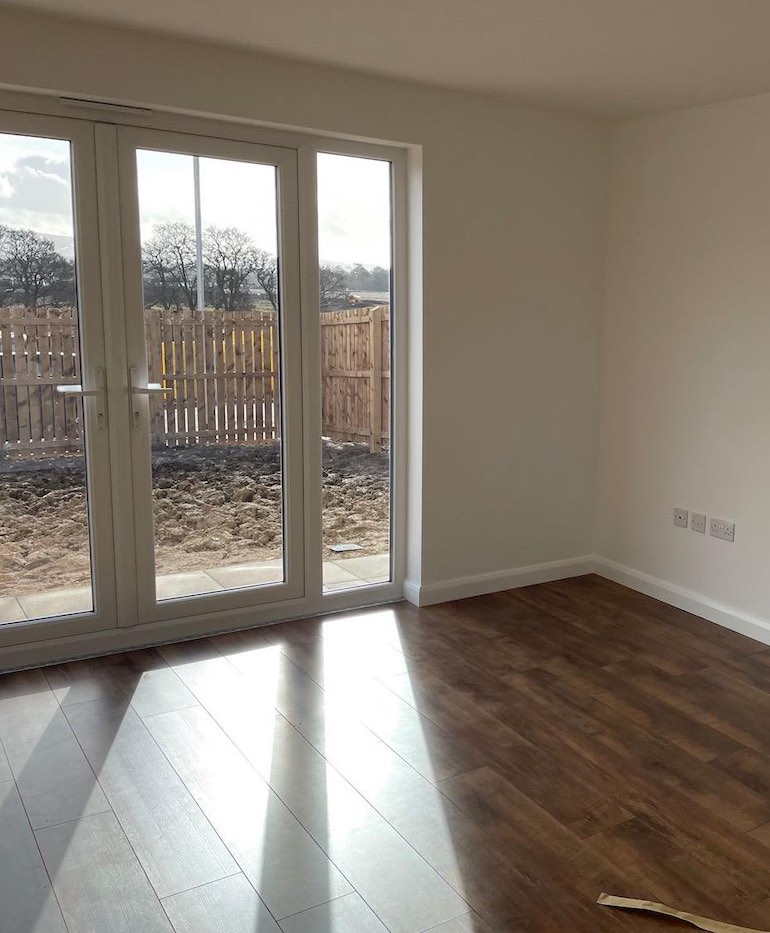
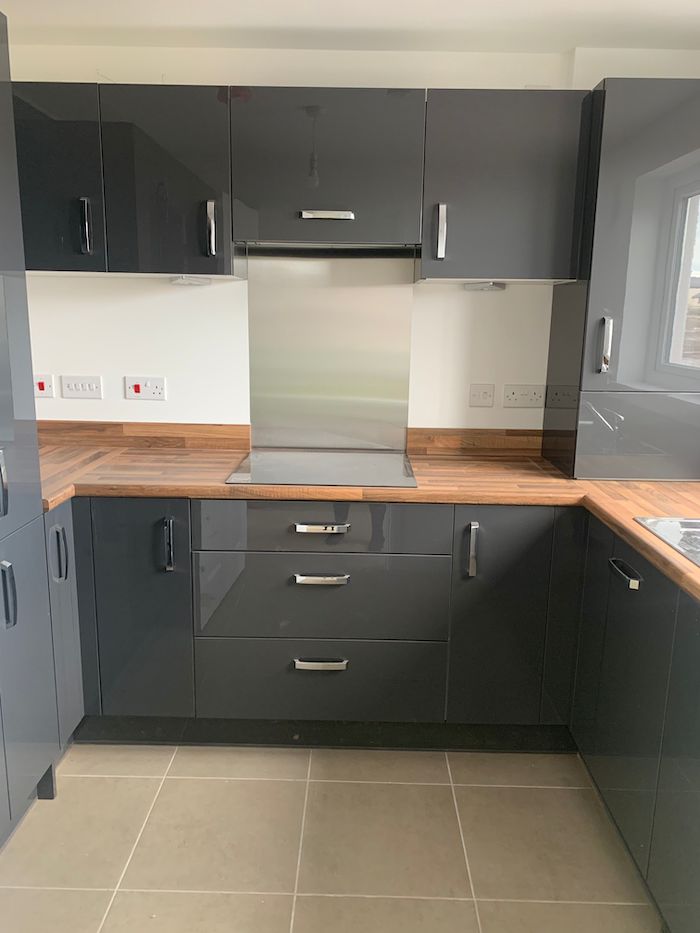
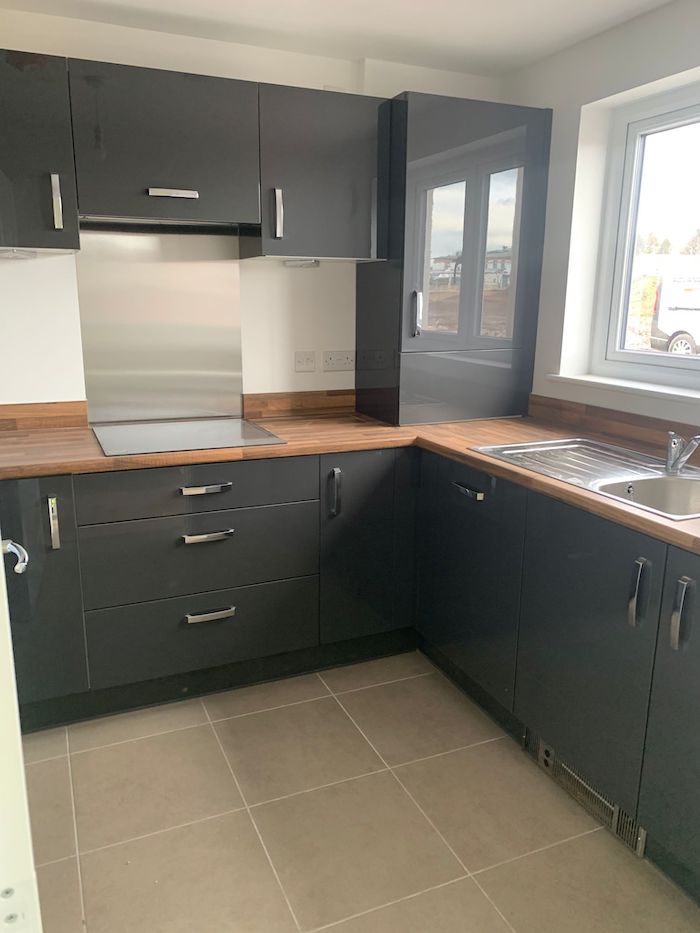
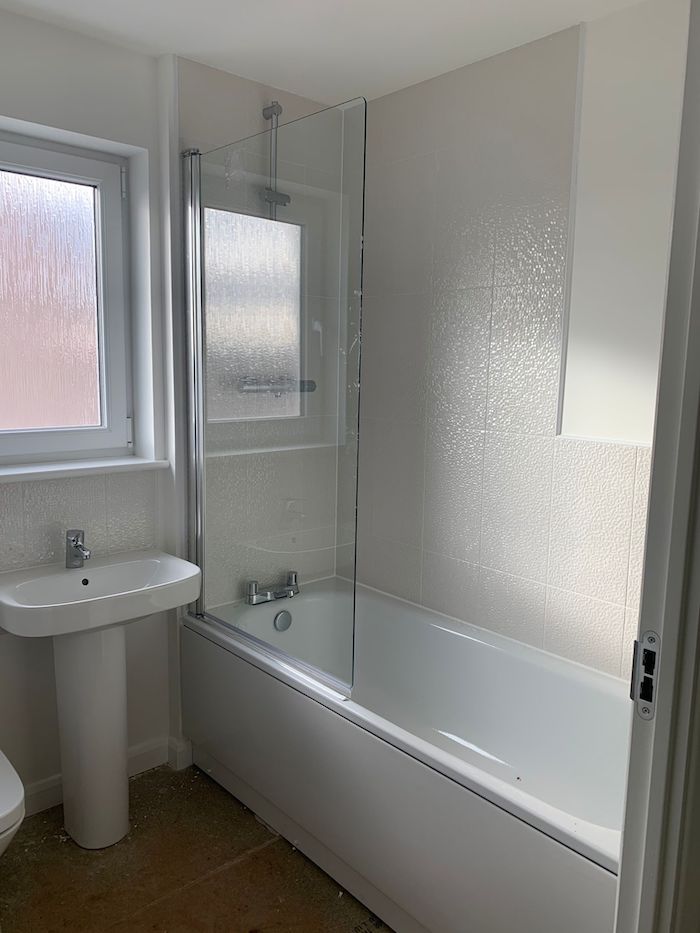
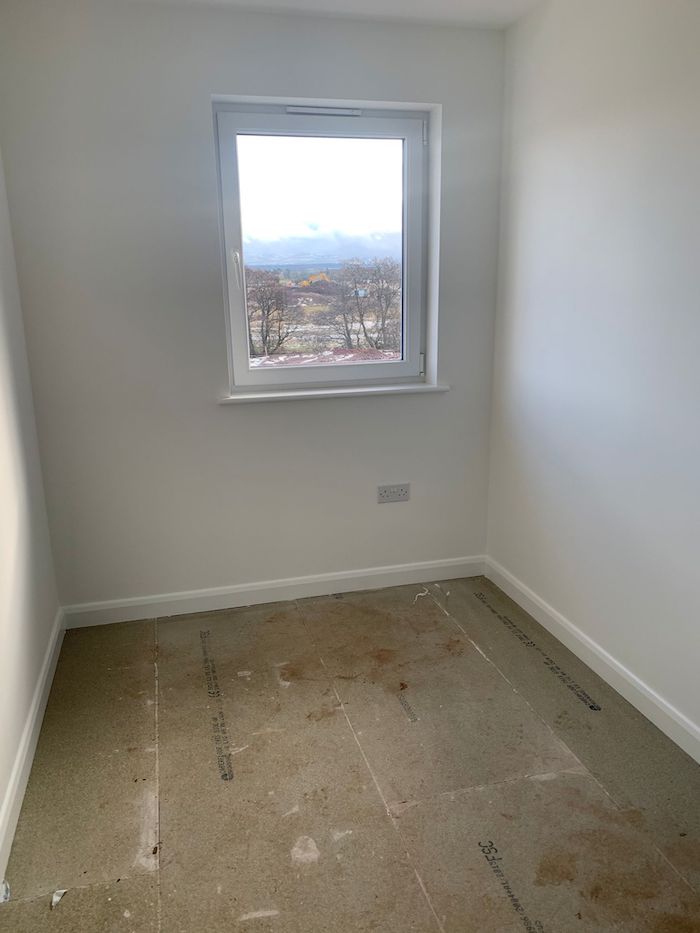
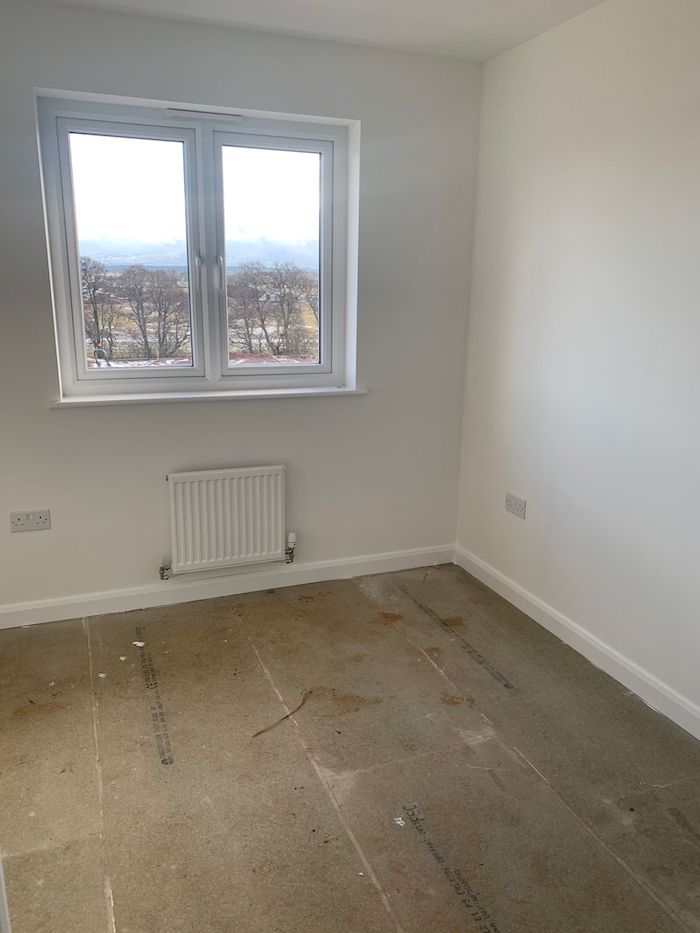
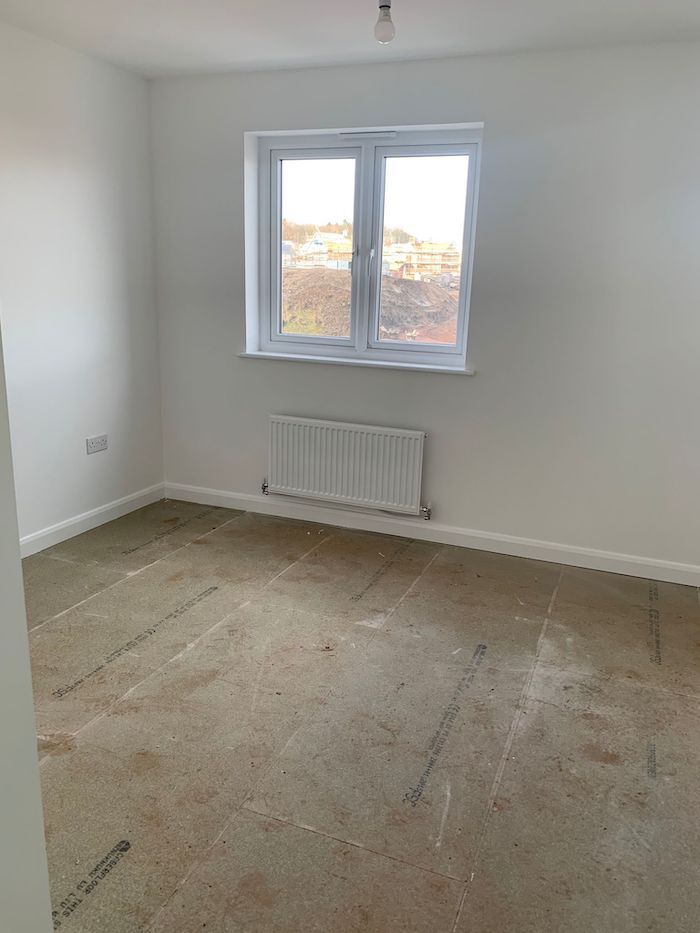
And the next day...(as many of you know I do not really do selfie shots but this was a big moment!)
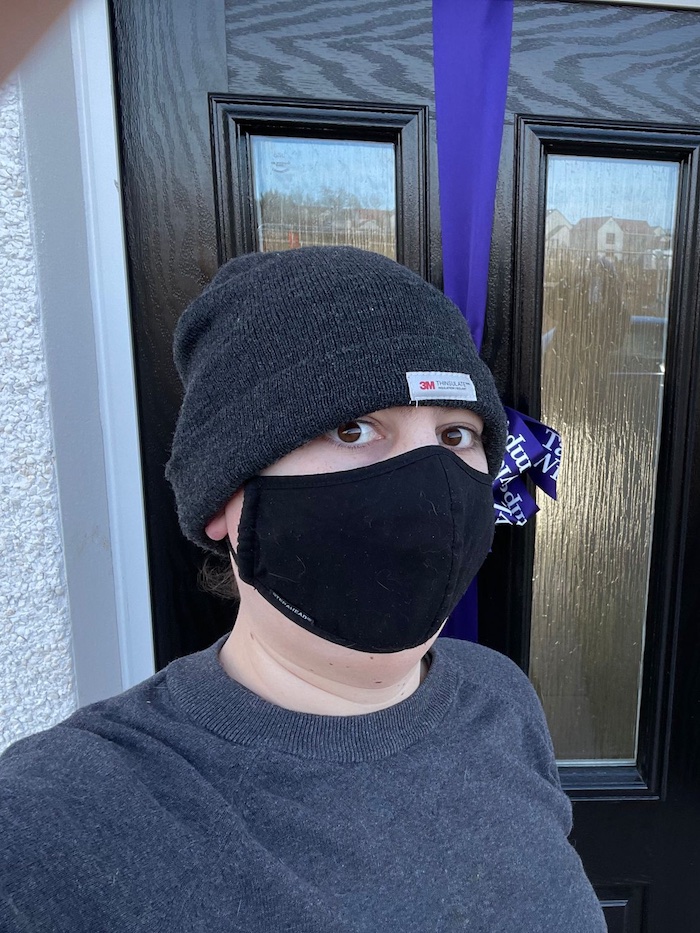
A thief caught entering my house!
ZPE 1.9.1 was officially released today marking the first of the 2021 versions of ZPE.
ZPE 1.9.1, codenamed Kelso, comes in with a large number of new features and performance improvements and is recommended to all users.
Version 1.9.1 finally fixes undefined comparisons, improves the LAME parser, adds support for empty associative arrays to the JSON parser, fixes a parameters issue, and fixes negative numbers in the binary calculator by cutting them to the appropriate number of bits (this was tricky to implement but I figured a way to do it as I always do).
But, the big feature is the match construct. This is the first new construct in a while as well (it's actually an expression but since ZPE doesn't have expressions in the documentation and it flows like an inline construct I'm calling it a construct). The match construct is now fully in the documentation and it's a pretty powerful construct.
Did I mention that ZPE 1.9.1 is actually smaller than ZPE 1.8.13 too?
One of the new features that's been recently added to PHP 8 which I'm also excited about is that of union types. ZPE has actually had union types for a while, but it was never formalised in the YASS language and therefore never actually enabled. In the next few versions, I will bring union types to ZPE.
There are other plans for ZPE in terms of types actually, since it was suggested that untyped and typed code should be mixable. Thus, in the next few versions, I will bring the ability to mix and match hard typing and soft typing in the code.
EventPanel, a Jambour Digital product was a project that I had the joy of developing two and a half years ago. It was not an easy task but was incredibly rewarding to finish.
Its origins go back to one of Jambour's first clients who required an event management system within their website. As a result, the system was tailored to the client's requirements. It was tightly integrated into the Sahara ecosystem which all websites are. It's development focused on simplicity rather than flexibility and as a result, the finished product met the original requirements to a T. But it was very static. New features were added and they were easy to add, but they were often niche features that were specific to one client.
In 2020 we at Jambour launched a separate product designed to replace a considerable chunk of the original websites code base. The product was called EventPanel and whilst it appeared the same as the original website, the underlying implementation was somewhat different. The new implementation was designed to make modularity the key focus of the design so that new websites could be developed faster than ever. Version 1 definitely did this to the degree that it could be used across multiple websites. But it still had a solid static feel to it and not a dynamic feeling to it.
Version 2 aims to improve this by building upon the foundations that version 1 set out. Version 2 gets rid of any ties to specific designs and reduces any club membership event to one of four kinds:
- A free event in which users can sign up to
- A free event in which users can sign up to and a superuser can pick who attends the event
- A paid event in which users can add to their basket before paying
- A paid event in which users can select a partner and pay to sign up to, or leave the partner field blank and allow another user to add them as a partner
These were outlined as functional requirements of the original client's specification that have slowly made it into the new specification for EventPanel. As such, we've also modularised the databases so that they aren't tied to one club.
Jambour Digital plans to make a live testable version of EventPanel available soon too.
Every version of iOS is a masterpiece of artistry and creativity that makes designers reconsider their design language, particularly in the field of technology.
An example of that was when Apple began to remove curved user experiences from its operating systems several design teams across the world saw this and followed suit.
Version 3.x of my website focused on the move from skeuomorphic things like my notepad-style notes, box shadows everywhere and generally ugly interface to a much flatter interface. The interface was very square. This is how most flat interfaces start off. Apple's did, and back then square designs were in and curved ones were out. But slowly but surely Apple's own design language has changed to encourage the use of subtle curves in their operating system.
Well, you may or may not have noticed, that some subtle curves have made their way into my website, and it all started with something as simple as my little quick alert box (try running a code sample of my website to see what I mean). You'll also have noticed that all the buttons on my website are curved too. This change is minor and fairly unlike the version 3.0 move from skeuomorphic elements to flat ones, but it's important and it's been received very well.
As part of the JavaScript tutorial on my website, I introduced testing code live on my website. Testing code was a major piece of making the tutorial work, but it was always going to be very straightforward with JavaScript and require no real security concerns since it runs in the user's browser.
Today I began to develop a way of testing both PHP and Python samples that exist on my website. I aim to have this ready by mid-March but it is slowly being rolled out across my tutorials with much of the PHP tutorial already set up for this.
I'm hoping this will be useful and bring further benefits to using my tutorials which I'm very proud of.
Here is another one of my traditional posts that I have been doing for each year (though I decided against it in 2019). This is to keep traditions going.
Last meal I ate: Spaghetti Carbonara
Last thing I had to drink with a meal: Coca Cola
Last place I went out to eat: The Waterside Bistro/Glenkinchie Distillery
Last film I watched: Pan's Labyrinth
Last game I played: Warcraft III
Last song I listened to: Feliz Navidad
Last person I have sent a text to: My mother
Last friend I have spoken to in person: Campbell
Last TV programme I have watched: Scotland's Hogmanay Live
Last major purchase for myself: A new desk chair
2020 was a difficult year because of COVID-19. However, there were some major positives for me this year and it has made the year easier than it could have been.
Celebrations may have already started in New Zealand for 2021 but we've still got 2020 for 12 more hours so let's look back. 2020 has no doubt been one of the toughest years for most of the people on the planet. For me personally, it started with my uncle Mel passing away in March. This was an absolute shock to us all and he is missed by us all very much.
Then COVID came along and brought a whole new meaning to change. The whole lockdown back in March until May meant a huge number of changes for us all.
But of course, there were positives in my life.
For a start, I became a fully qualified teacher in July and got a job at a school I absolutely love working at, and it's a school I wasn't sure about until the day of the interview when I learned so much about the place and why it's the best school I've worked at.
Further to that, I put down a reservation on a house (again, third time lucky). This time it is definitely going through. And it also was a stroke of luck that I get 5% off the house price for being a keyworker (a teacher). On top of that, I got the First Home Fund just in time (my house is complete literally 2 weeks before the fund gets cut) and I got a much larger, three-bedroom house.
Further to this, I have been able to save both my deposit and get myself a new iPad Pro, MacBook Pro and iPhone 12. I am definitely enjoying having a decent amount of money.
The company also grew considerably this year, obtaining three new big clients. We also had two applicants for a job post that we put out (neither were suitable) and we aim to do the same with this next year.
To top of the year, I passed my theory driving test again (it lapsed so I needed to redo it).
It's a scary thought, but 2021 is the year I turn 30! 2020 wasn't all bad for me personally, but I still live in hope that 2021 is a better year.
2020 has been a strange and different year and for many of us, Christmas will be different this year compared with normal. Keep safe and have a Merry Christmas!

This is a very interesting read on why Apple's M1 chip is so powerful.
Today is a major leap in the history of Apple Silicon! Microsoft Office apps are now fully optimised for the Apple M1 based Macs!
![]()
Running them is a breeze and they start instantly - even shorter a wait than I had before. This native support will not only improve performance but also improve battery life whilst they are being used.
This is a monumental step forward for Apple Silicon.


